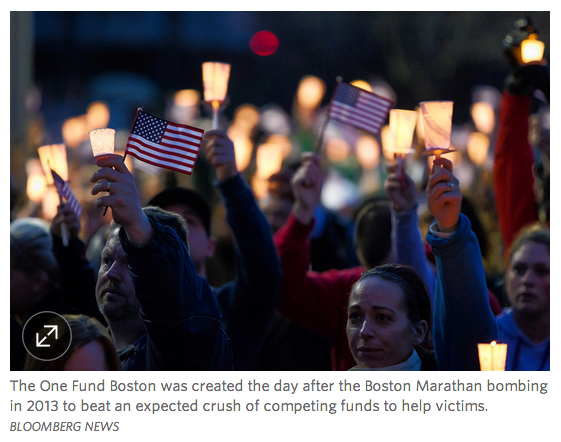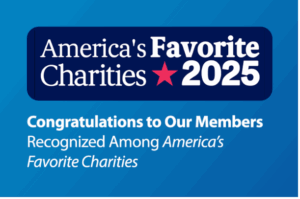Sarah Ford | November 14, 2014
Best Strategies for Disaster-Relief Giving
By Daisy Maxey
In the era of social media, charity begins the moment disaster hits.
And that isn’t always a good thing—at least for some donors.
The onslaught of man-made and natural disasters in recent years and accompanying pleas for aid can create pitfalls for well-meaning philanthropists. Giving quickly without prior planning could mean donors veer from their desired financial and charitable objectives, give to an organization that isn’t effective, or fall for a scam.
Donors can be particularly vulnerable when pleas come on the heels of a disaster in one’s own city or town. A big reason Boston’s mayor and the governor of Massachusetts launched One Fund Boston the day after the Boston Marathon bombing was to beat an expected crush of competing funds, and prevent donations from getting “into the hands of bad actors,” a fund spokeswoman says. One Fund Boston aided victims of the 2013 attack.
Rethinking Efforts
“There’s a phenomenon in the disaster-philanthropy world known as pop-up organizations—organizations that pop up sometimes for good purposes, and sometimes not-so-good purposes, during and after a disaster,” says Robert Ottenhoff, president and chief executive of the Center for Disaster Philanthropy, a Washington, D.C.-based charity.

Get Resources and Insights Straight To Your Inbox
Explore More Articles
Congratulations to Our Members Recognized Among America’s Favorite Charities
Each year, The Chronicle of Philanthropy releases its list of America’s Favorite Charities—the 100 nonprofits that raise the most from individual donors, foundations, and corporate…
Read ArticleThe Future of Corporate Giving: How Nonprofits Can Prepare
Corporate giving is a valuable part of the nonprofit funding ecosystem. Companies large and small have incorporated philanthropic efforts into their overall business plans, from…
Read ArticleJoin Us at the Workplace Fundraising & Volunteering Summit!
We’re excited to announce that America’s Charities President, Jim Starr, and Board Member, Fernando Lorence of JP Morgan Chase, will be speaking at the Workplace…
Read ArticleGet Resources and Insights Straight To Your Inbox
Receive our monthly/bi-monthly newsletter filled with information about causes, nonprofit impact, and topics important for corporate social responsibility and employee engagement professionals, including disaster response, workplace giving, matching gifts, employee assistance funds, volunteering, scholarship award program management, grantmaking, and other philanthropic initiatives.




